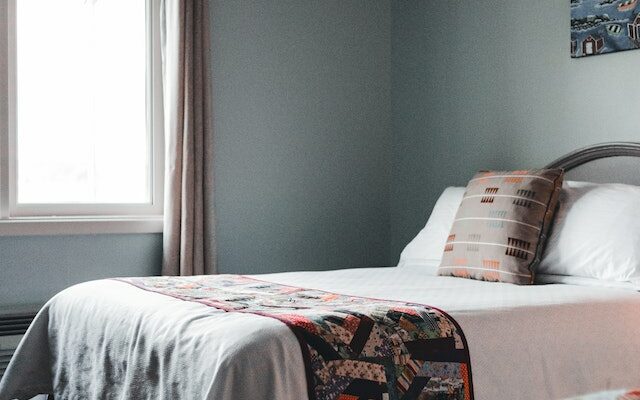Is glass a sustainable building material?
In 2024 there really is no excuse for not considering the environmental impact of the purchases you make for your home. Whether you’re looking at decorative items, practical ones or even structural ones, sustainability should be part of your thought process – even if it isn’t the final deciding factor.
But making informed decisions can take a lot of research. Hours of weighing up your options. To save you sinking your time and effort into finding out the environmental cost of glass from multiple sources, we thought we’d put together a quick handy guide ourselves.
We’ll explore the advantages and disadvantages of glass from a sustainability standpoint, as well as answer some commonly asked questions around the issue to help you decide if glass is an environmentally sound choice for you.
Why is glass a sustainable building material?
As a sweeping generalisation, it is reasonable to say that glass is sustainable. It is a great option not only for building but also for packaging materials. Here are a couple of reasons why it can have a lower environmental impact than many other materials used in the building industry.
It is incredibly strong
We talk a lot about the strength of glass alot here at KLG Glass, but have you ever thought about the environmental benefits this strength brings.
It’s strength means that glass has a long lifespan as a far as building materials go.
When you replace windows, it’s usually because the frames are breaking of the seal on your double glazing is failing. The panes of glass only need replacing if they are forcibly broken. Left untouched, glass barely weakens or discolours – even over decades. In fact, high-quality glass walls also have a lifespan of over 50 years.
To give you an idea of just how durable glass can be, think of all the decorative glass in historic buildings. Canterbury Cathedral contains a stained glass window that has been shown to date back to the medieval period.
Of course, modern glass is not built to last this long but it still has an impressive lifespan.
It is infinitely recyclable
Another benefit of the strength of glass is that it’s considered ‘infinitely recyclable’. As it doesn’t degrade through normal use (or while being recycled) it can be recycled then reused indefinitely – theoretically forever. Recycled glass stays as strong as virgin glass too and has even more potential uses as it can be used as aggregate too.
It is 100% recyclable
As a material, glass is also entirely recyclable. This means plants do not have to filter out any glass waste as part of the recycling process. This makes recycling glass more straightforward and means it uses less energy to carry out. Less energy means a smaller carbon footprint – which is always a plus for the environment.
It uses minimal natural resources
Another benefit that comes with a material that is infinitely recyclable is that it uses fewer natural resources. Making virgin glass does use a lot of natural resources, but recycled glass uses barely any. This averages out to use fewer raw materials than wood, for example, which needs fresh material every time.
 Are there environmental drawbacks to glass?
Are there environmental drawbacks to glass?
Glass is an impressively sustainable material if it’s used correctly. However, behaviour in the real world means that the question ‘Is glass a sustainable material?’ is slightly more nuanced.
If we want glass to be truly sustainable, we need to use an efficient manufacturing process . We also need dispose of it in a sustainable way (recycling it). If these aspects are ignored, the sustainability of glass is greatly reduced.
How sustainable is glass production?
A large part of a glass product’s environmental footprint depends on how it is made.
To make glass sand, soda ash and limestone need to be melted at an incredibly high temperature. This is very energy-intensive and not particularly sustainable. It can also give out a high level of carbon emissions.
However, steps can be taken to combat both of these. If you use cleaner energy in a more efficient way and reduce emissions, the benefits are clear – the issue is that not all manufacturers take these steps.
But even allowing for environmentally unsound production, glass does still benefit from how easy it is to recycle. This takes place at a much lower temperature so it uses a lot less energy – and creates fewer carbon emissions.
All these variables make it difficult to say definitively if glass production is fully sustainable. It can be done more or less sustainably depending on the choices you make, like which raw materials, processes and energy you use, while this sustainability is also increased if glass is kept in a permanent cycle of reuse after it has servied its purpose..
Can you recycle all glass?
Another flaw in the sustainability of glass is that we can’t recycle every type of glass. For example, mirrors have a reflective coating on them that stops them being – even once the coating is removed.
Other glass types, like window panes, can be recycled but need to be processed in a particular way. Window panes are often made of toughened glass – a glass is subjected to high heats to strengthen it. In turn, they need a much higher heat to be recycled than standard glass bottles or glass containers, so they can’t go into the same recycling bin as glass packaging.
You can still recycle windows though, you just need to find a specialist glass recycling point – usually found at local recycling or waste disposal points. Unfortunately a lot of people don’t bother to seek these out, and use this as an excuse to simply chuck old windows into a skip. If you’re replacing your double glazed windows, it’s important to take them to your local waste collection site to get them recycled.
Does glass ever biodegrade?
Perhaps the biggest reason to recycle glass is what happens if you don’t. Research suggests it can take thousands of years – upto four thousand in fact – for glass to break down and biodegrade. That is actually around 8 times longer than plastic takes!
If dumped in landfill or discarded in soil, glass can also be very hazardous to people and wildlife. If it breaks, those sharp edges are a high risk until eroded and softened.
Both of these facts make it incredibly important to make sure you recycle any glass you’ve used. According to the BBC glass recycling rates in the UK sit at around 75%. Unless we increase this, it is hard to consider glass a truly sustainable material.
Is glass sustainable?
When it comes to the materials commonly used around the home, glass is easily one of the most sustainable for many reasons. Its strength, durability and attractive looks also make it incredibly versatile and there are plenty of places you can use it as more sustainable option in every room, including for a shower screen, a work surface and even a balustrade (bannister).
If you’d like to introduce more glass to your home, our high-quality products are built to last and bring eye-catching appeal, contact us today to find out more.

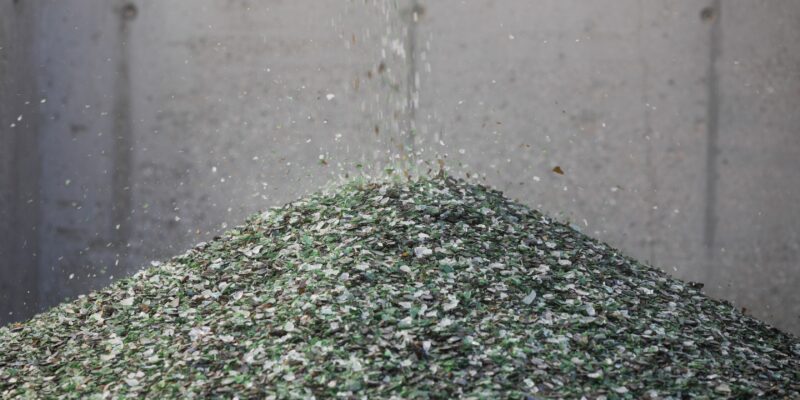

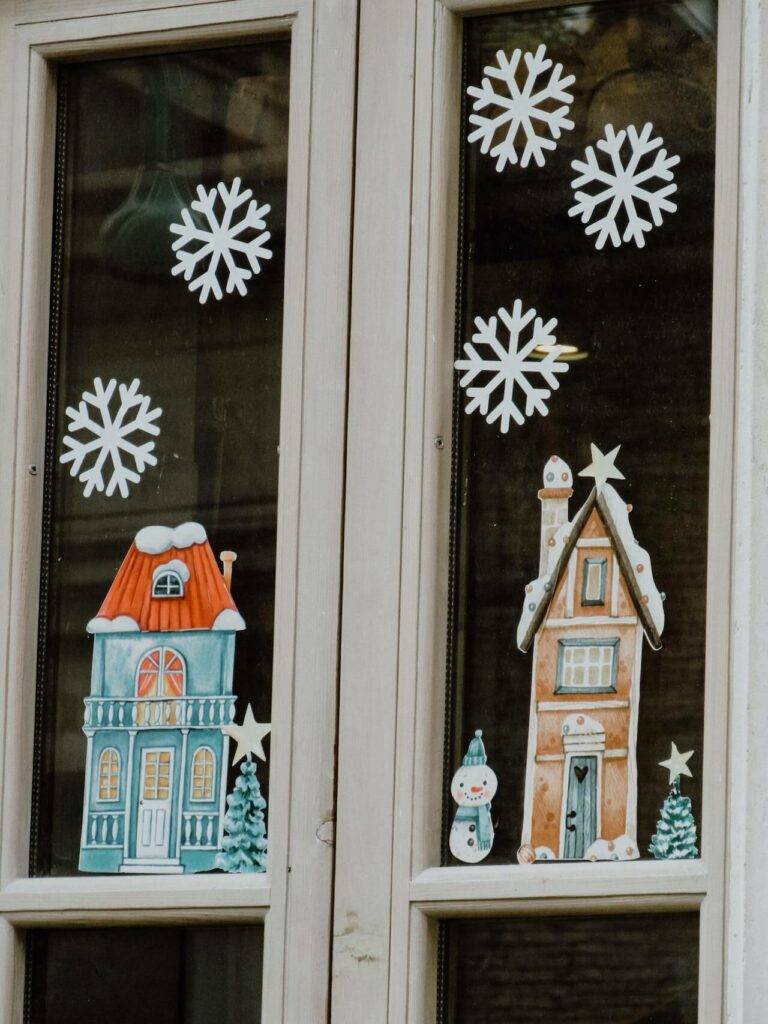
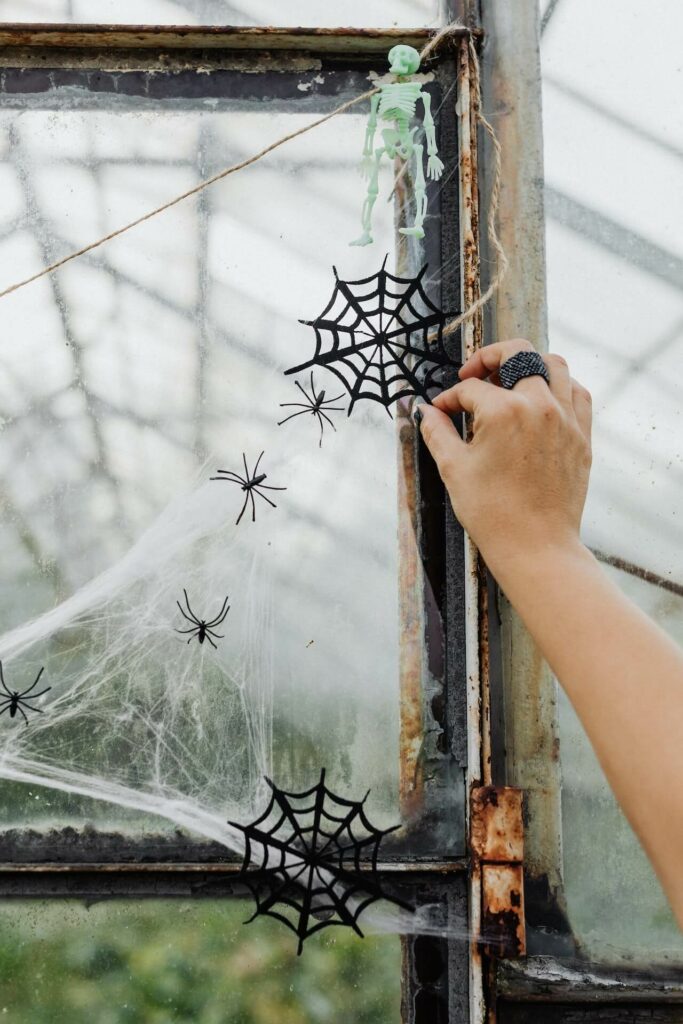 Command
Command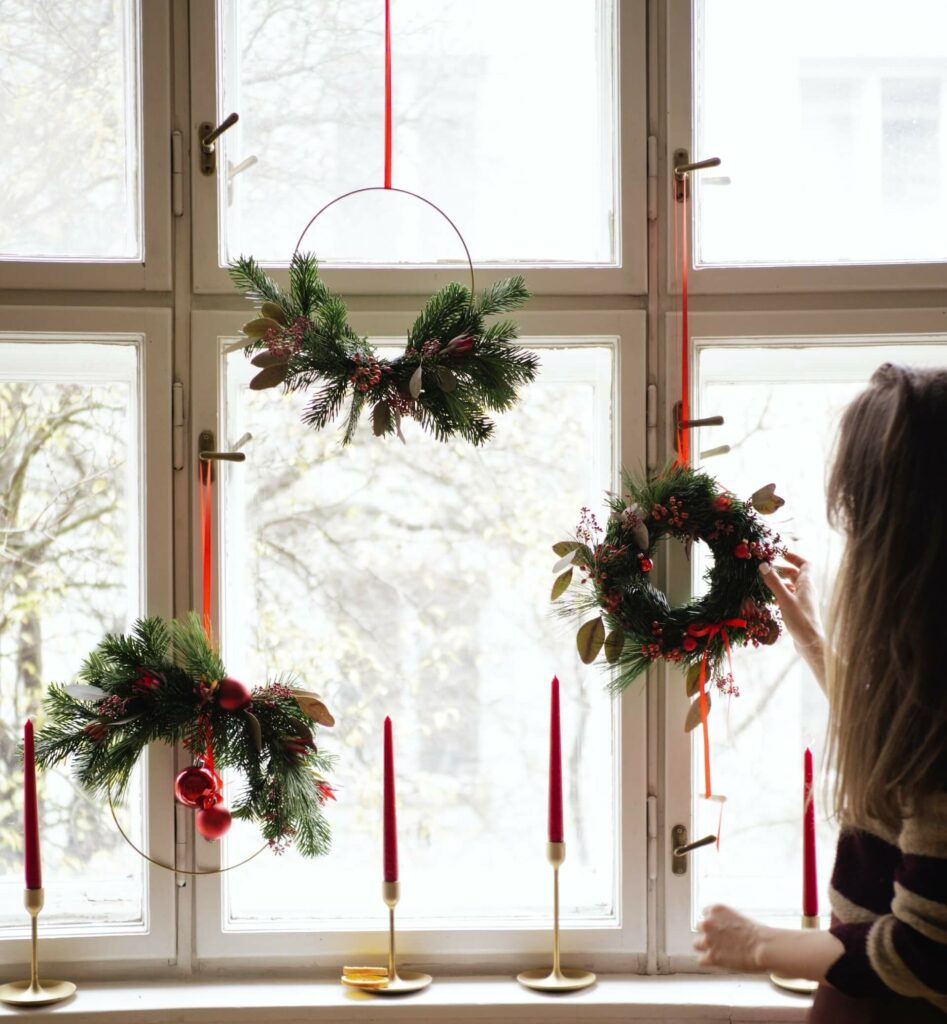 What shouldn’t you use to decorate your windows?
What shouldn’t you use to decorate your windows?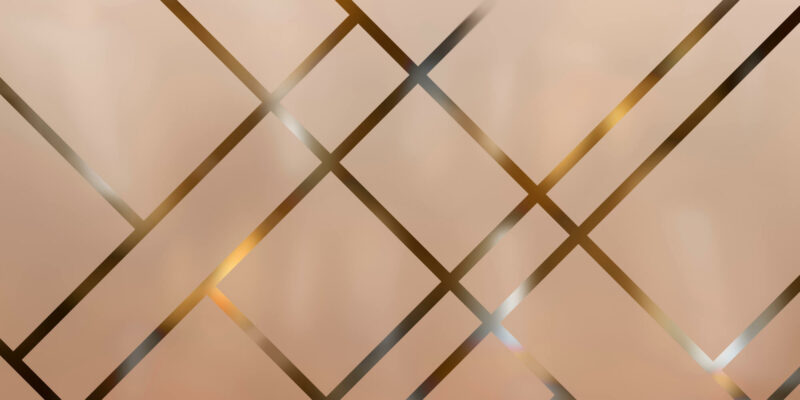
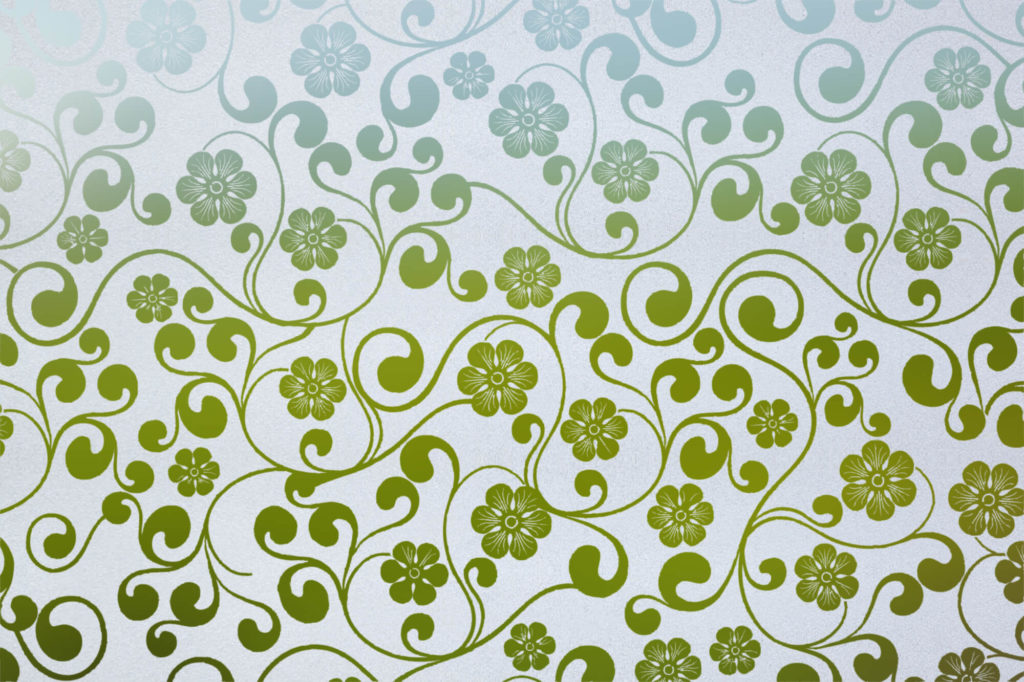
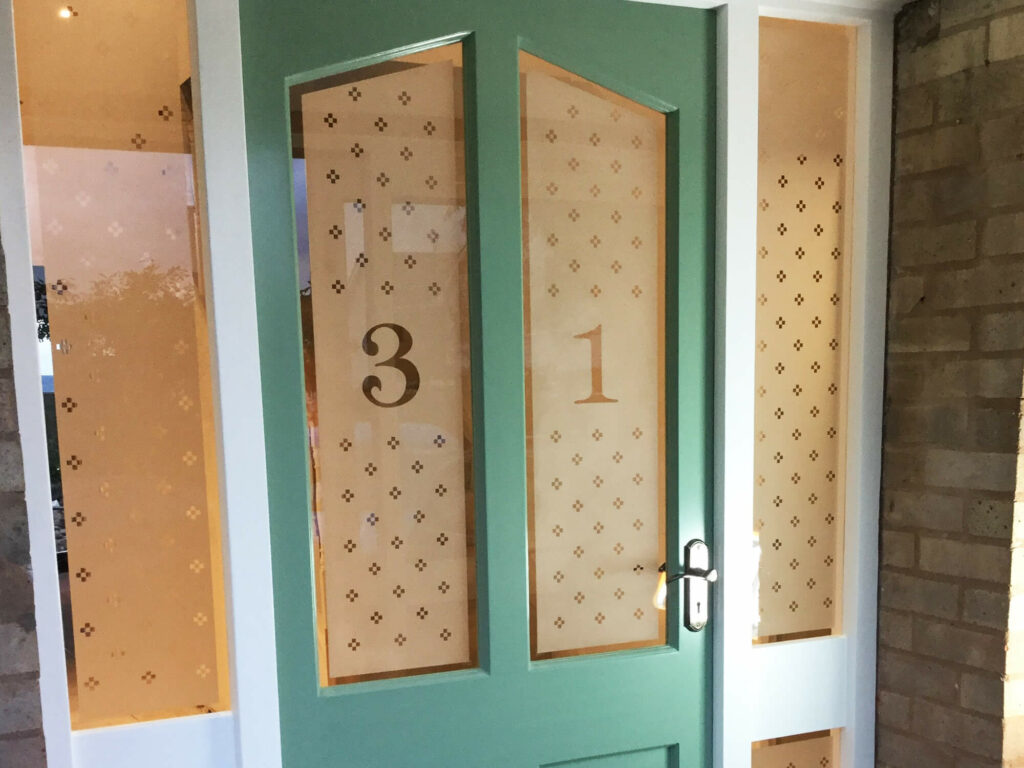 4. Enhance your home’s kerb appeal
4. Enhance your home’s kerb appeal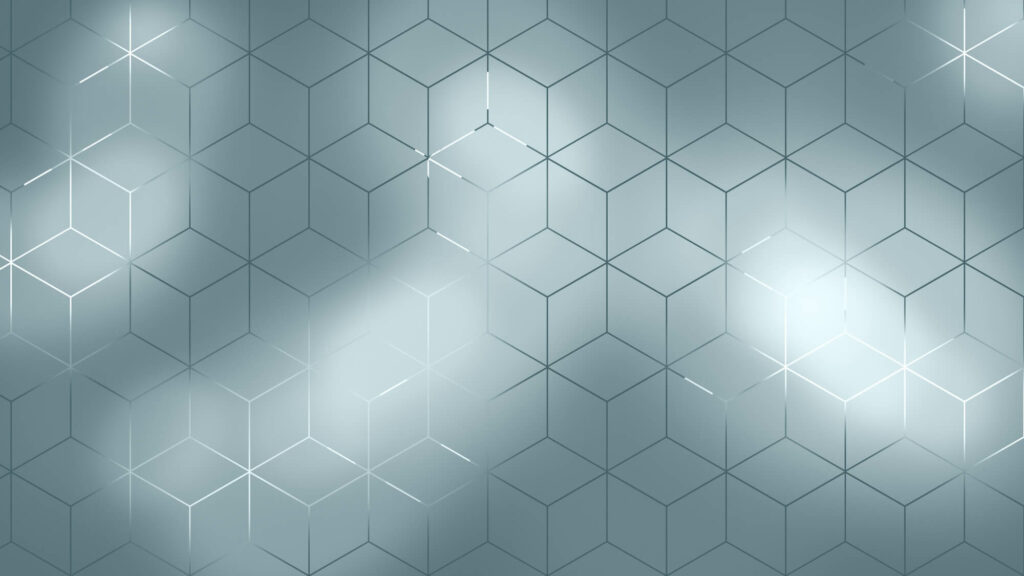
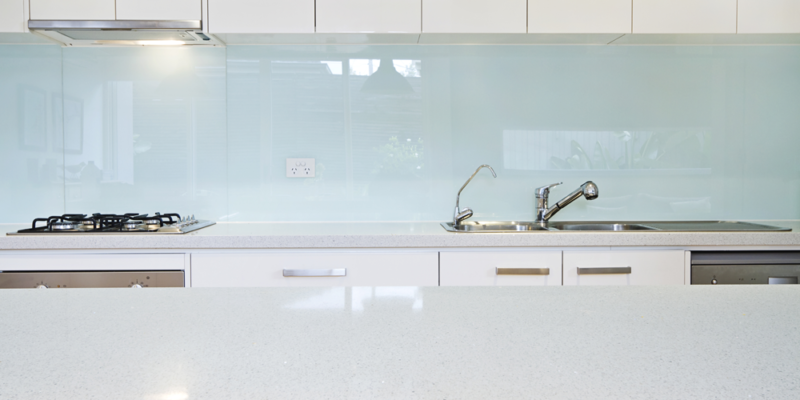
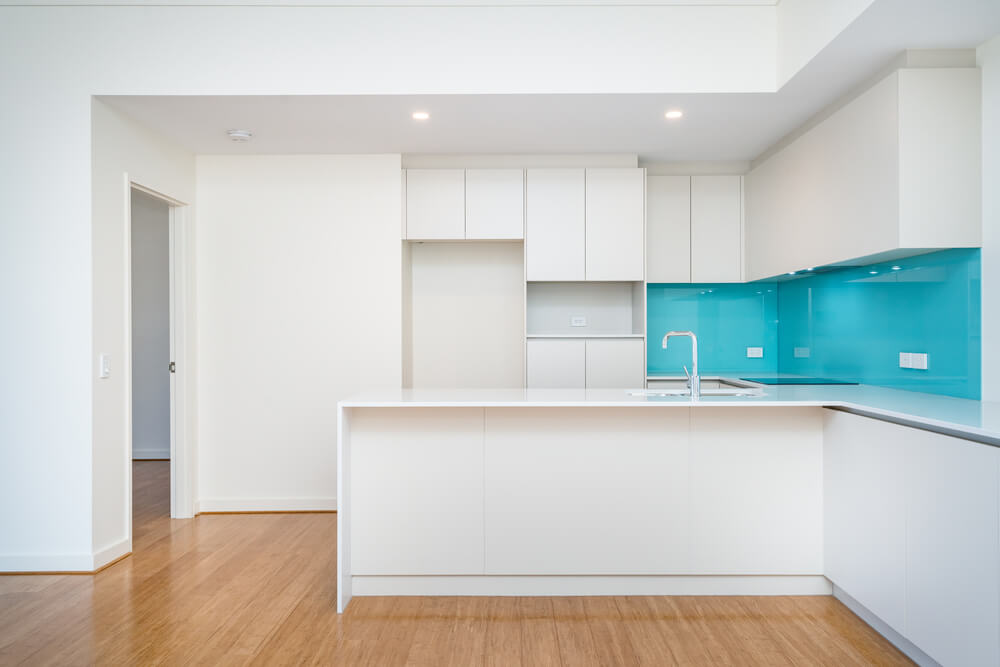 What glass is best for a splashback?
What glass is best for a splashback?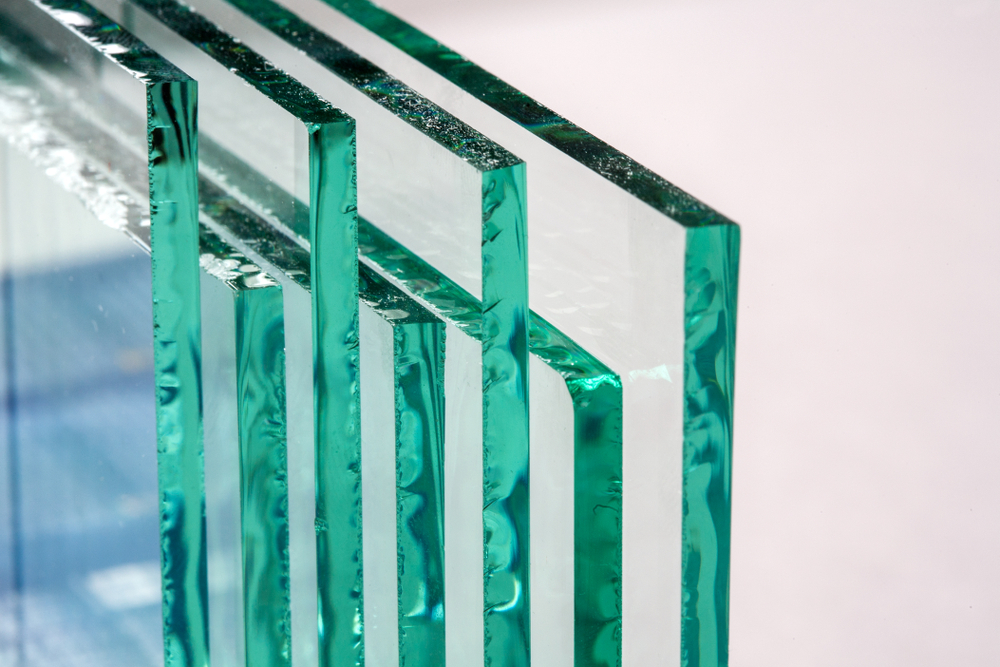 How thick should a glass splashback be?
How thick should a glass splashback be?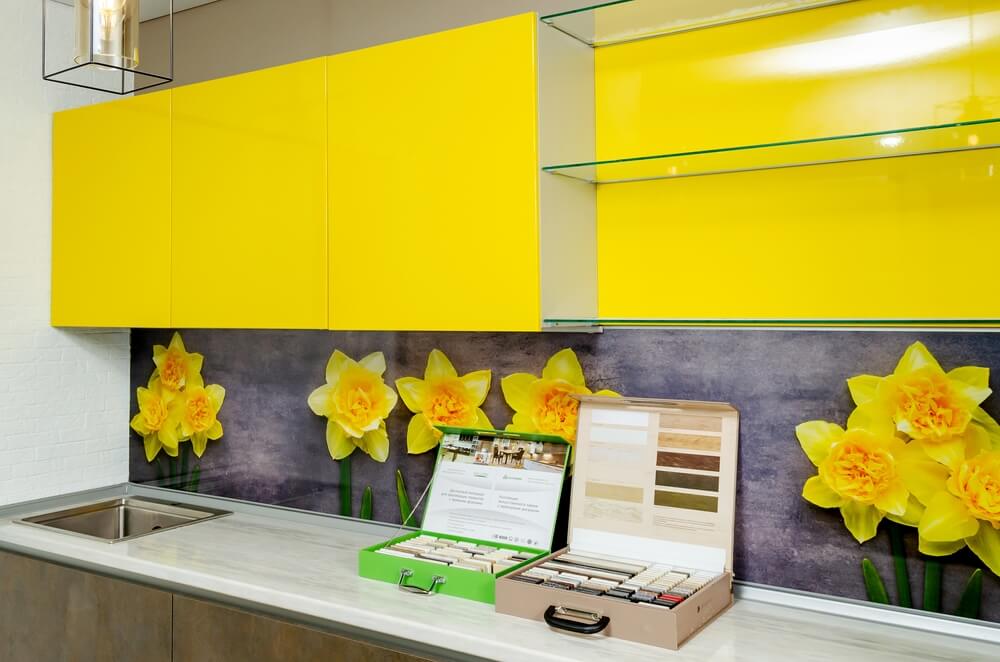 Are glass splashbacks worth it?
Are glass splashbacks worth it?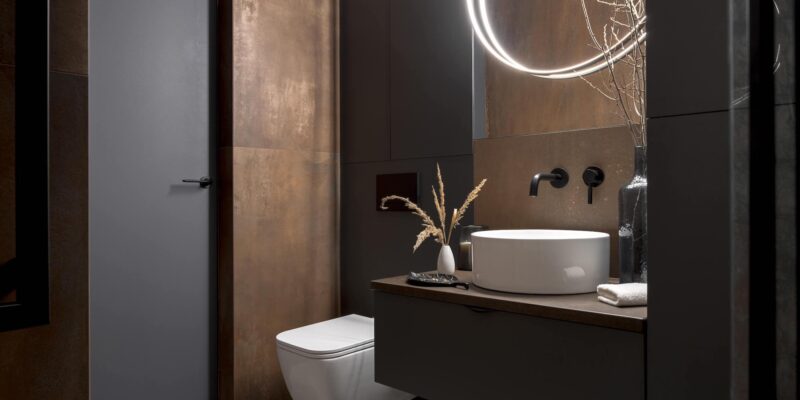
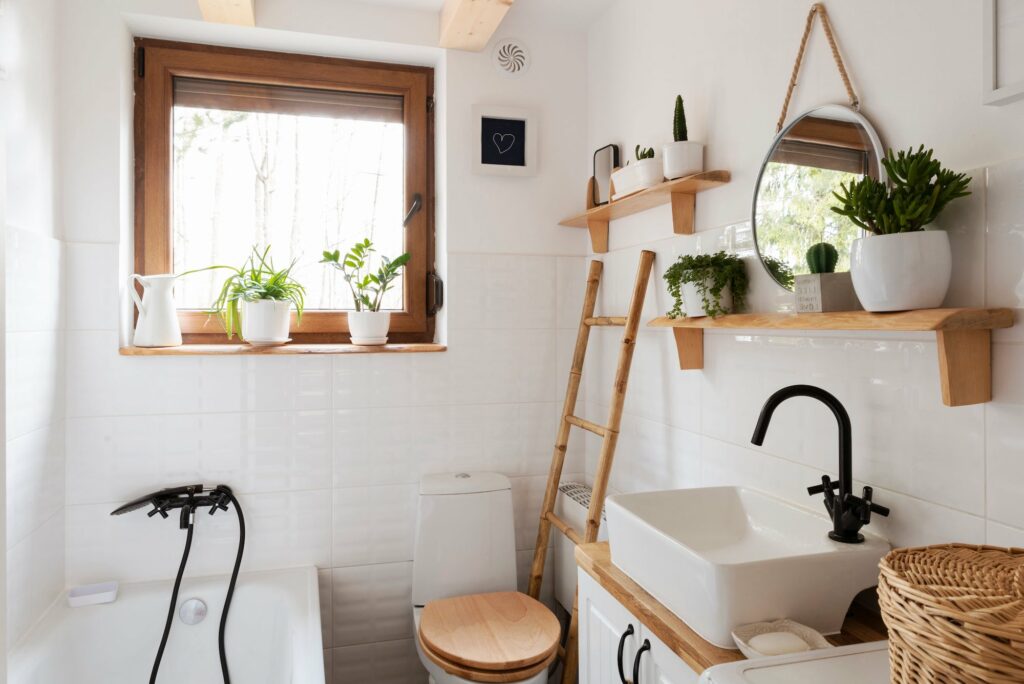 Pick a frameless clear glass shower screen
Pick a frameless clear glass shower screen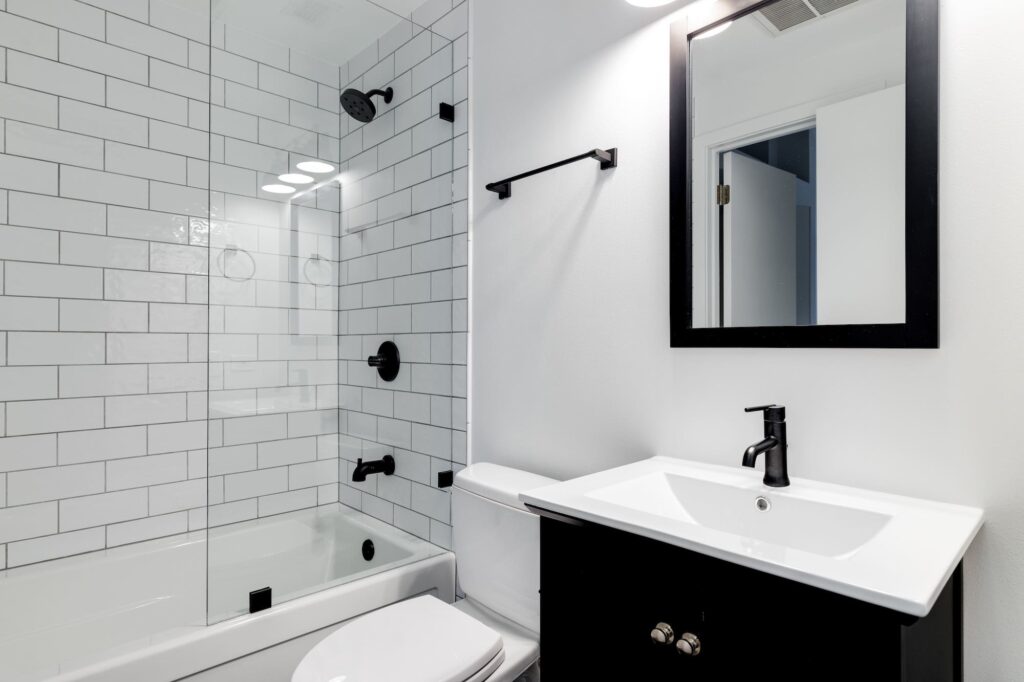 Get smart with storage
Get smart with storage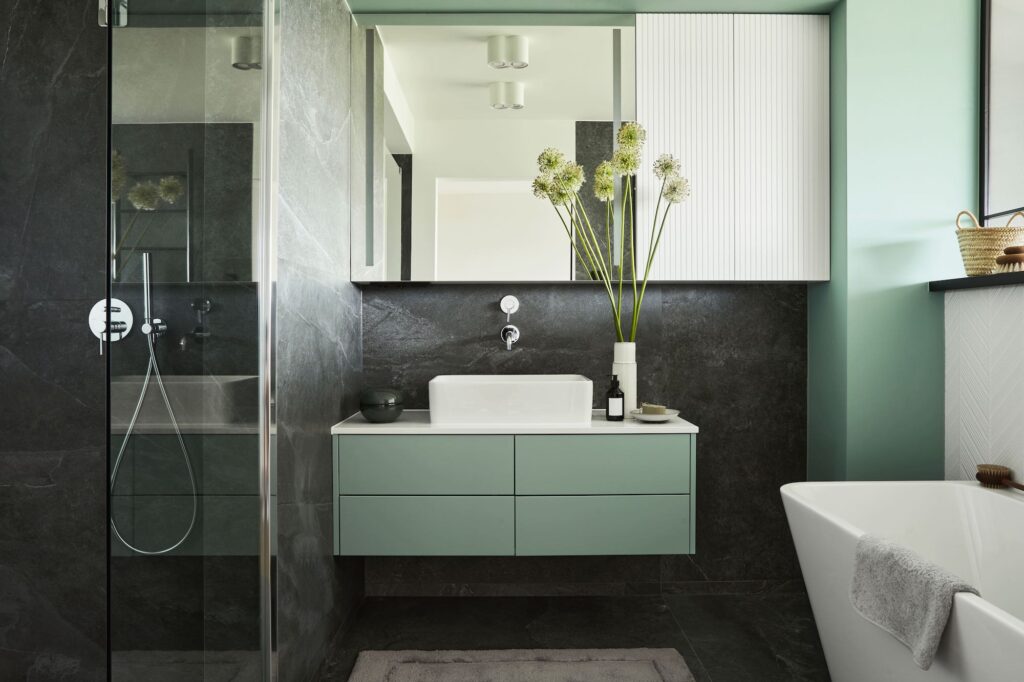 Plump for bigger tiles
Plump for bigger tiles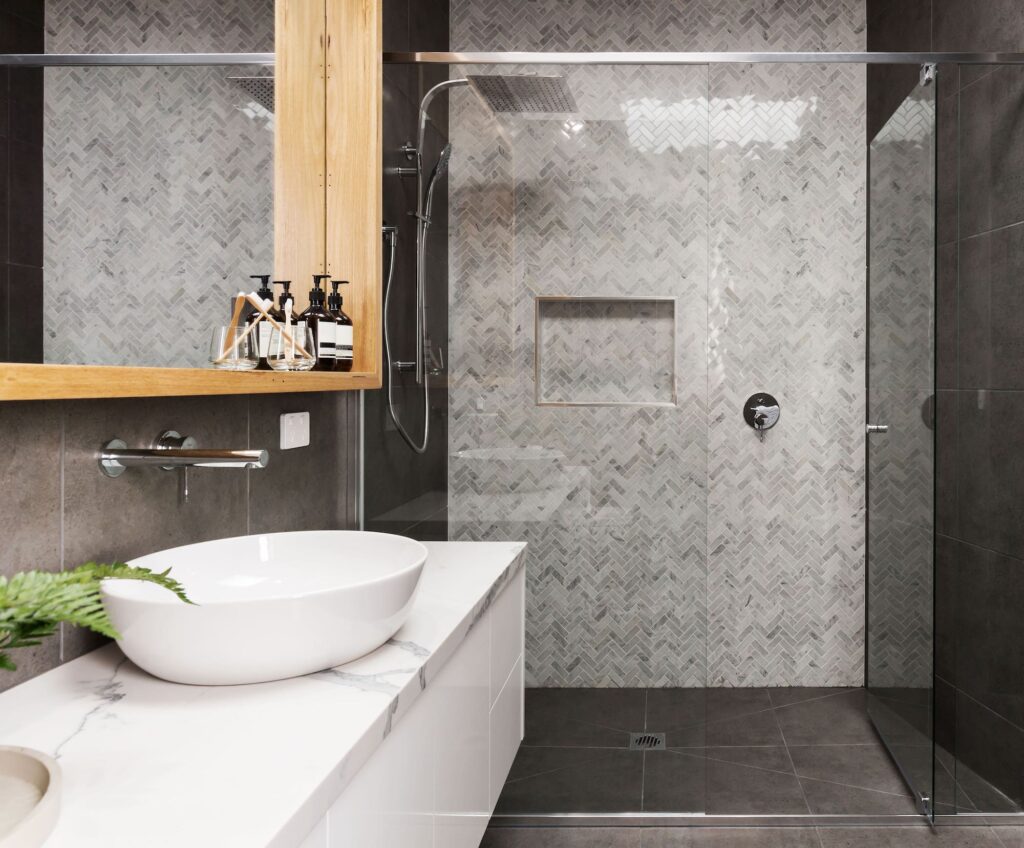 Make the most of your natural light with mirrors
Make the most of your natural light with mirrors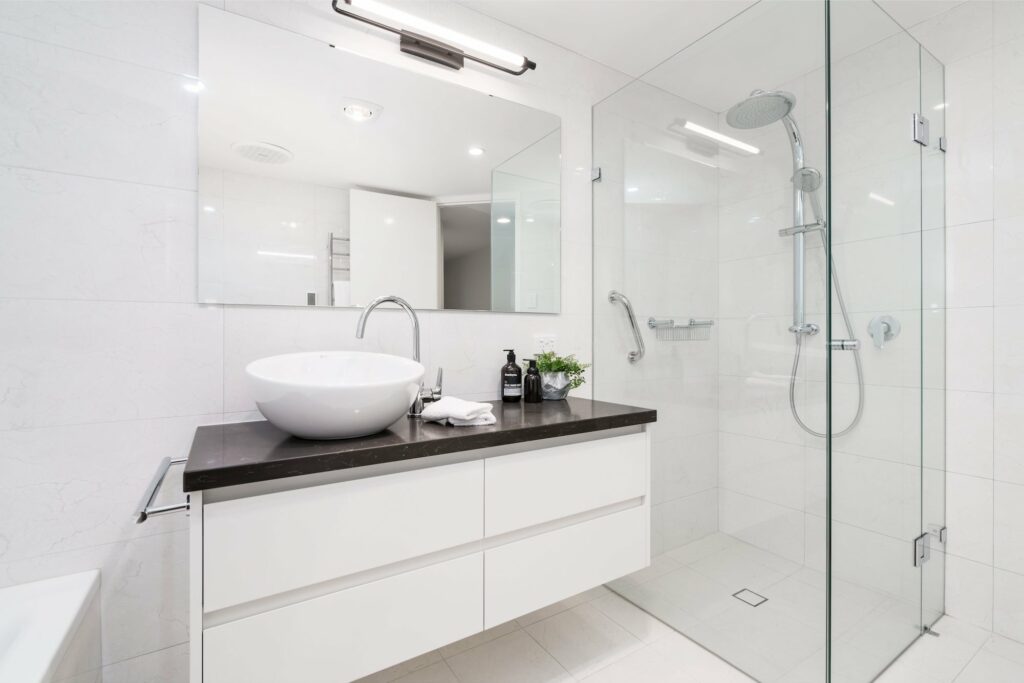 Ditch the tub
Ditch the tub
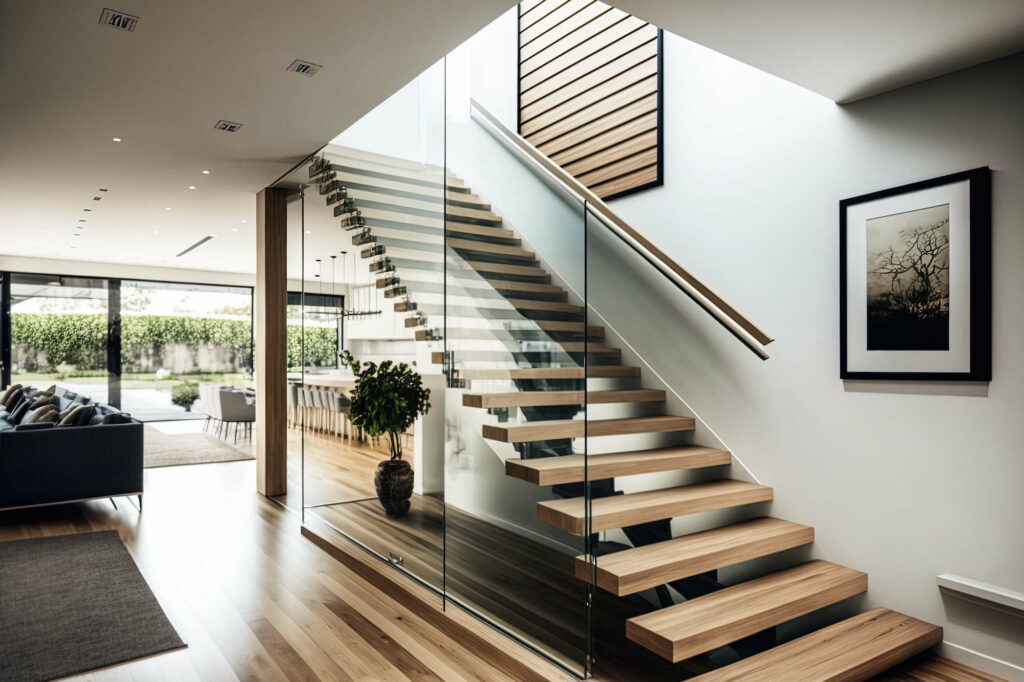 Durable (and safe)
Durable (and safe)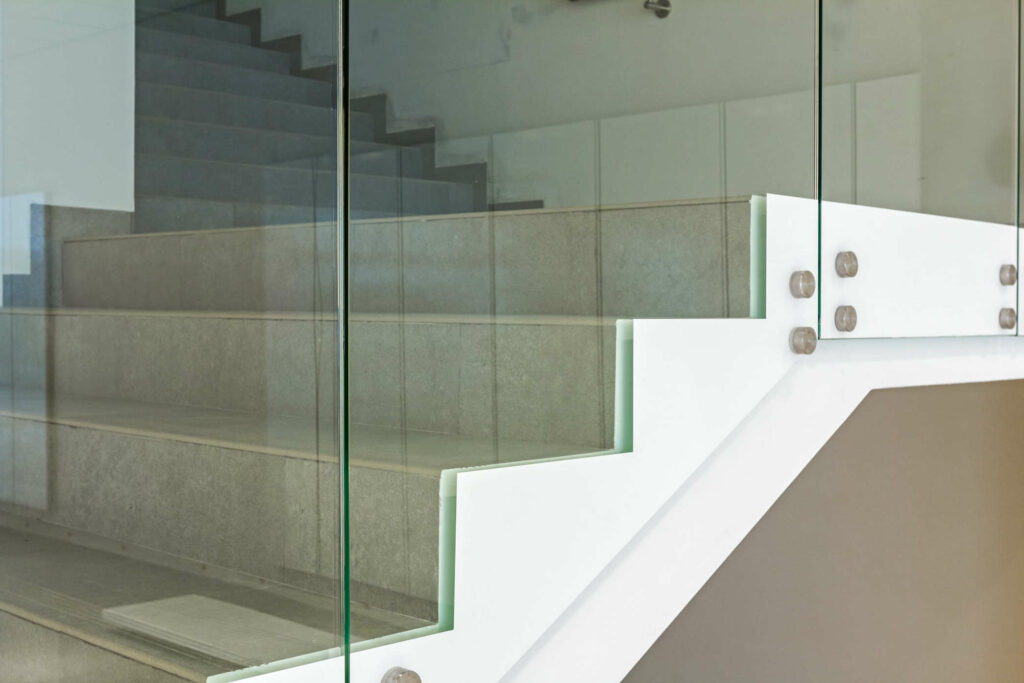

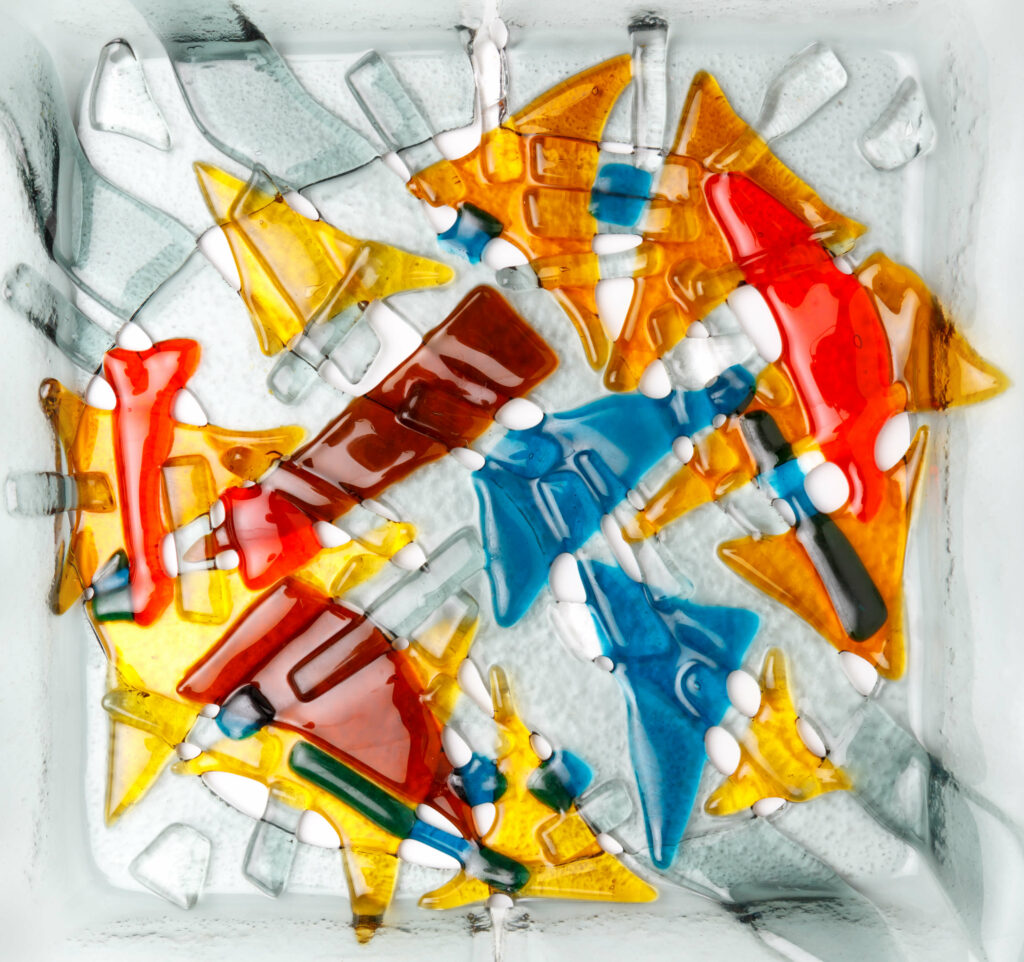 How can homeowners choose the best glass wall art option for their space and style?
How can homeowners choose the best glass wall art option for their space and style?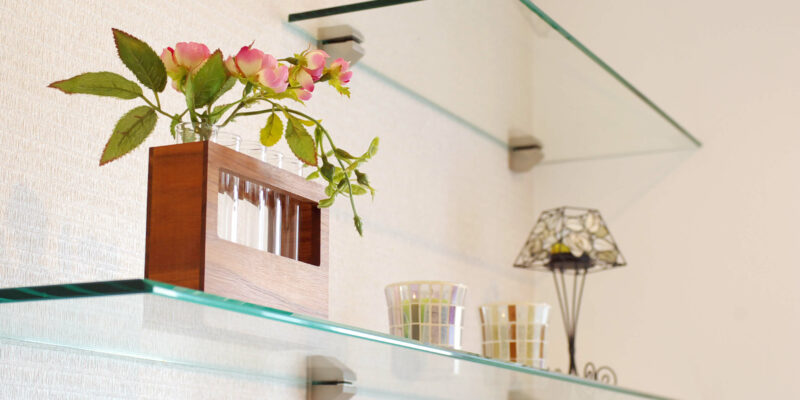
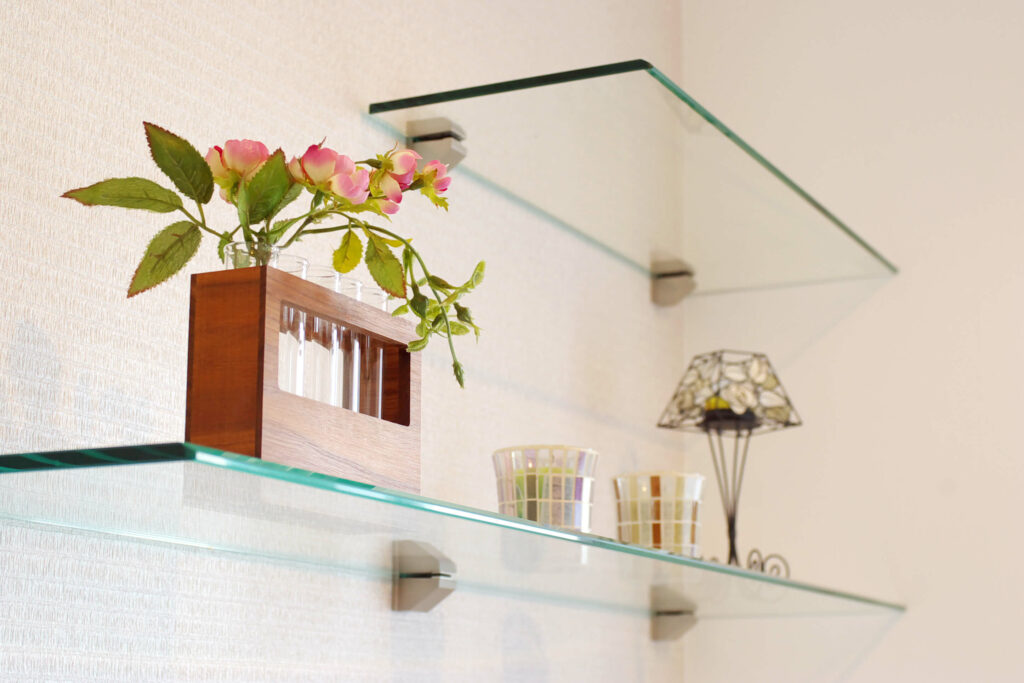 Idea 1: Use floating glass shelves for a sleek, modern look
Idea 1: Use floating glass shelves for a sleek, modern look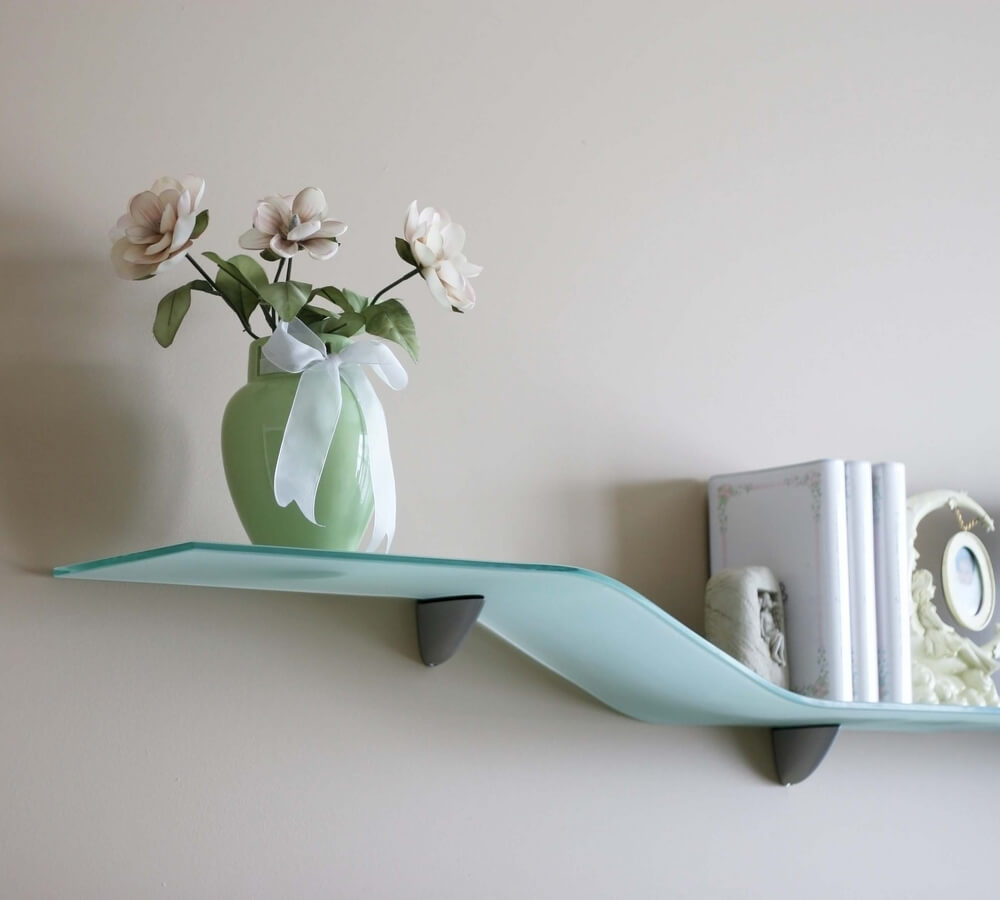 Idea 9: Utilise glass shelves in a small space to make the most of limited storage
Idea 9: Utilise glass shelves in a small space to make the most of limited storage
